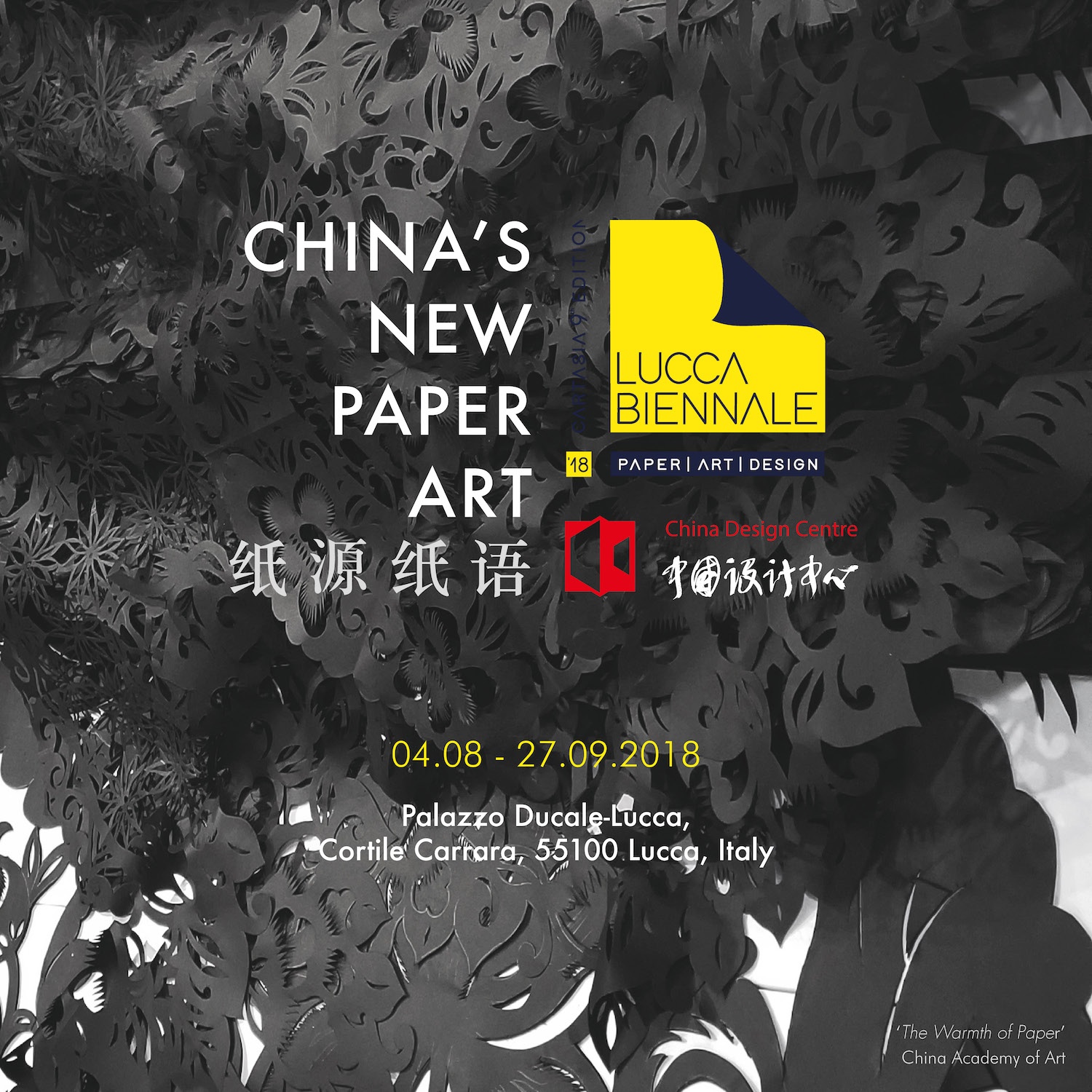
In the modern world, black is usually associated with seriousness or sadness. In ancient China, however, people have esteemed “black” for many centuries. During the Xia Dynasty (around 2070 to 1600 BCE), the first Chinese hereditary dynasty, black was revered as a noble and solemn colour.
The I Ching (dating to the late 9th century BCE) regards it as the colour of Tiān (天), a key concept in Chinese mythology referring to the supreme deity, the Heavenly Emperor. The saying 'the heavens are black and the earth is yellow', also stems from the mysterious darkness seen by the ancient Chinese in the Northern sky. It was believed that the North Star pointed towards the Heavenly Emperor, and black was therefore regarded as the 'king of all colours'. No other colour was deified in Chinese history over such a great span of time.
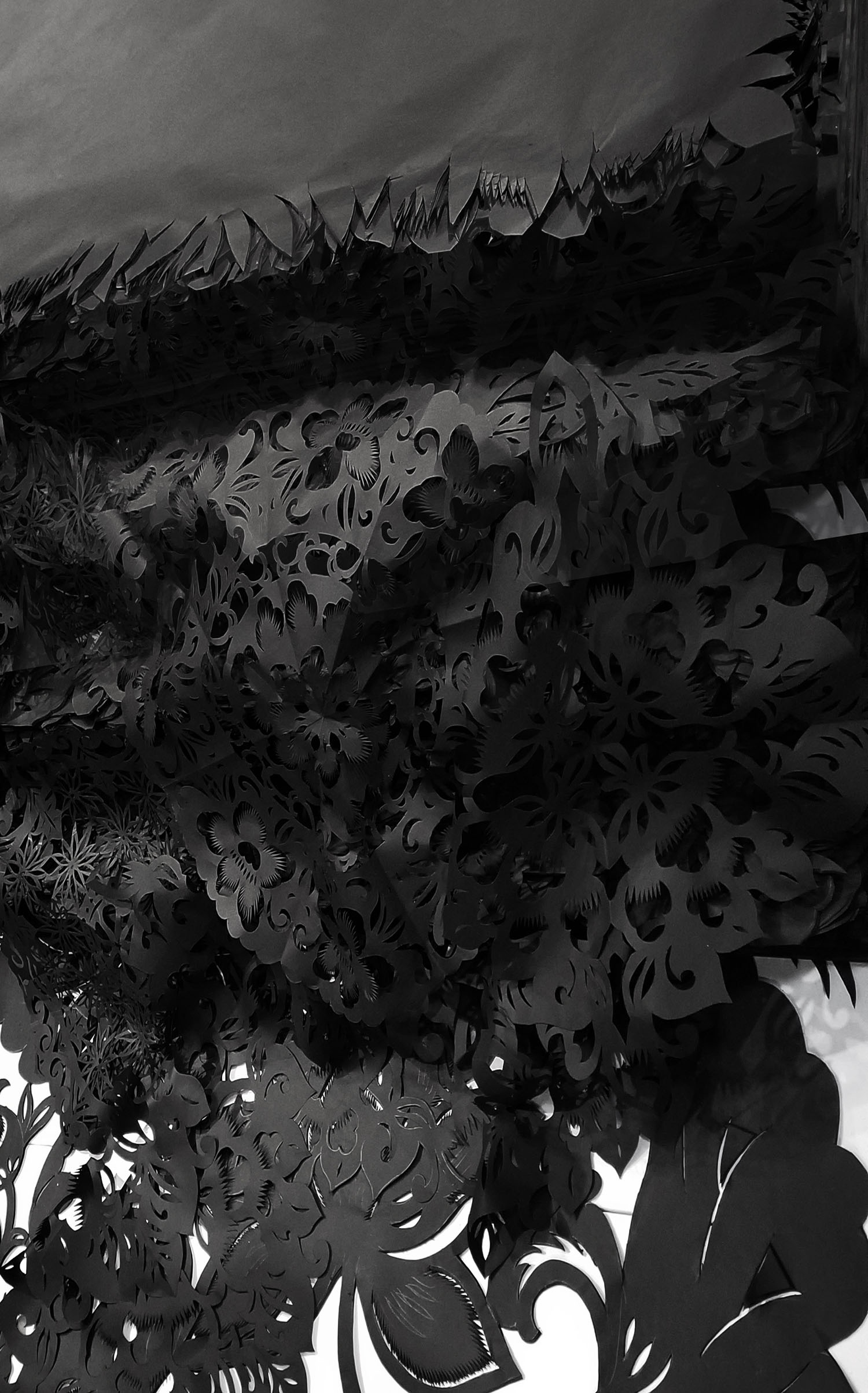
Today, four thousand years later, in the Shanzhou County in Sanmenxia, Henan Province, exactly where the Xia Dynasty once flourished, people still attach unique reverence to black as a divine colour able to ward off evil. This belief has been upheld for generations, just as has the local folk art of black paper-cutting, combining faith with daily life. The paper-cuts of Nangou Village, in Shanzhou County, are still made today by villagers to show respect to the gods, secure rich harvests, pray for offspring, and ward off disease, bad luck, and for other ritual purposes.
Due to the long history of 'the worship of black', Nangou Village paper-cuts are black rather than the typical red, dyed, coloured or collaged, which is more usual in Chinese paper-cut tradition. During the Spring Festival, black cut-outs are attached to windows and doors all around Nangou Village, and are also used to decorate the houses of newlywed couples. These decorations in people’s homes are no longer lifeless pieces of paper, but the embodiment of the villagers’ pure feelings regarding nature, representing their most primeval aesthetic ideas, their spiritual comfort and an invocation for a better life.

The Warmth of Paper was created by the China Academy of Art’s exhibition team—composed of artists Chen Huasha, Zhang Ting, Ma Chuan and Kong Qiongpei— as a continuation of China’s rich history of paper art and its combination with contemporary art.

It represents China's intangible cultural heritage during the Lucca Biennale and consists of three parts. The first is minimalist paper baskets, symbolizing the traditional paper arts gradual incorporation into industrial production methods of contemporary society. The second is a staggered black paper-cut, representing how humanity has integrated the creative spirit of this handcraft art with emotional warmth into cold material culture. The third is made of ethereal black ash, which symbolises how human existence is fixed in an endless cycle and continues to return to nature.
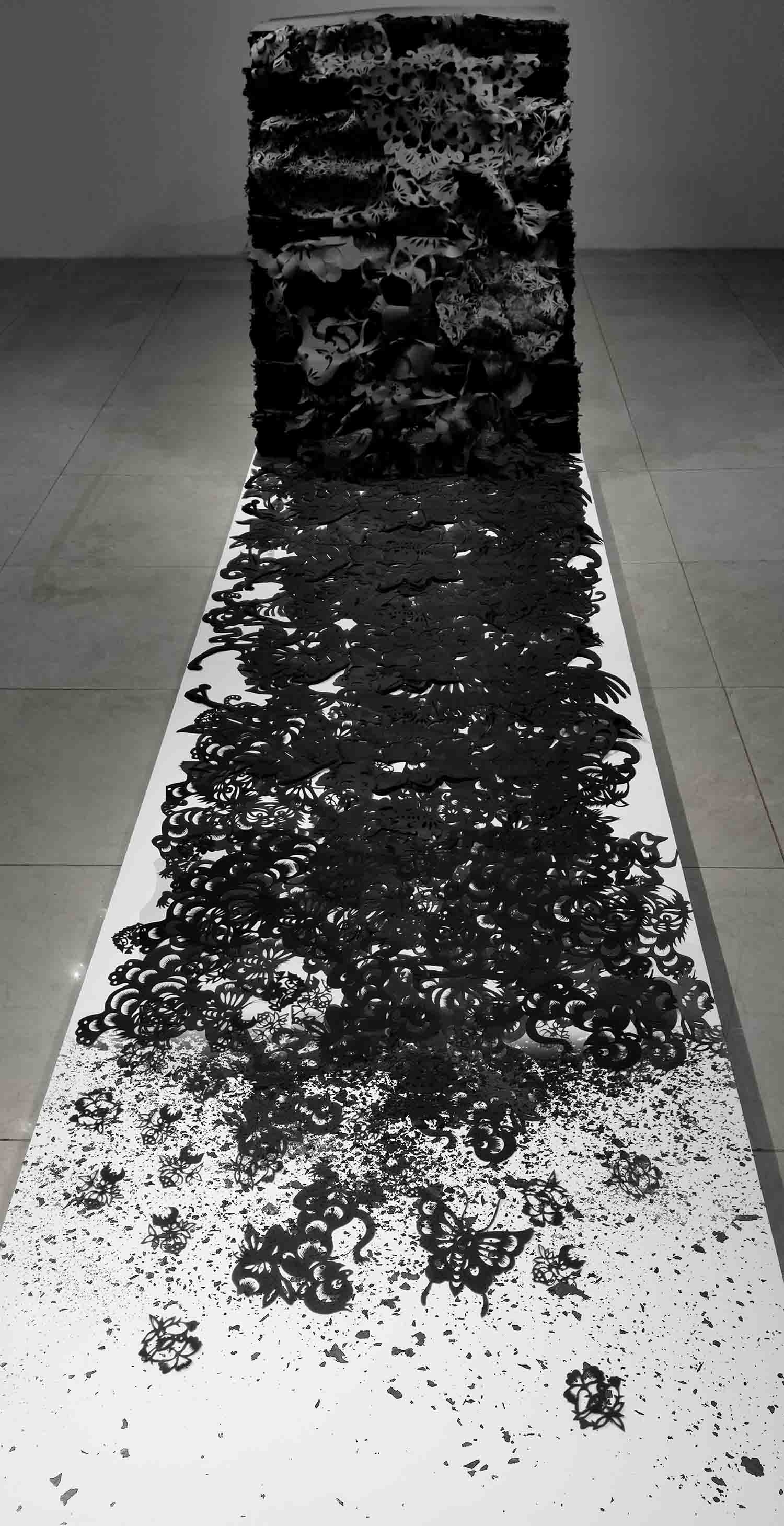

Chen Huasha graduated from Zhejiang Academy of Art, major in Visual Communication Design and New Media Art. He was editor at Shanghai People's Fine Arts Publishing House, vice director of School of Film and Animation and School of Foundation Studies of China Academy of Art. Currently he works as vice director of China Academy of Art, Shanghai Institute of Design.
Kong Qiongpei studied Art History at China Central Academy of Fine Art and Cultural Heritage Studies at the University College London. Currently working as a lecturer at China Academy of Art Shanghai, Institute of design, teaching Art History and Design History.
Ma Chuan is a product designer who graduated from China Academy of Art(B.A Industrial Design), China Academy of Art(M.A Industrial Design Human and Communication) and the Royal College of Art (M.A Design Products).
Zhang Ting, lecturer of Department of Common Foundation Studies, China Academy of Art, Shanghai Institute of Design; Vice dean of same Dept. from 2012 to 2015; PhD candidate on Museology at Shanghai Academy of Fine Arts; Member of Shanghai Artists Association; Independent curator and writer.
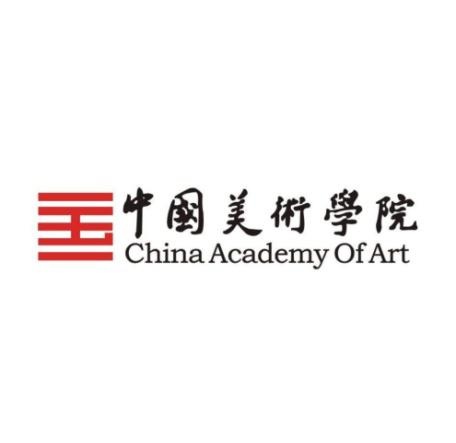
Founded in 1928 as the first art academy with complete academic programs in China, China Academy of Art, undergoing changes in name and location, continues to yield outstanding achievements known both at home and abroad. CAA has experienced early hardship, ample maturity and leaping expansion as a vanguard in art. With a mission to revitalize Chinese art, it is in active dialogue with the world and has great influence in the development of modern and contemporary art in China. Nowadays the academy has expanded its departments and academic teams and has garnered tremendous achievements in the school history.
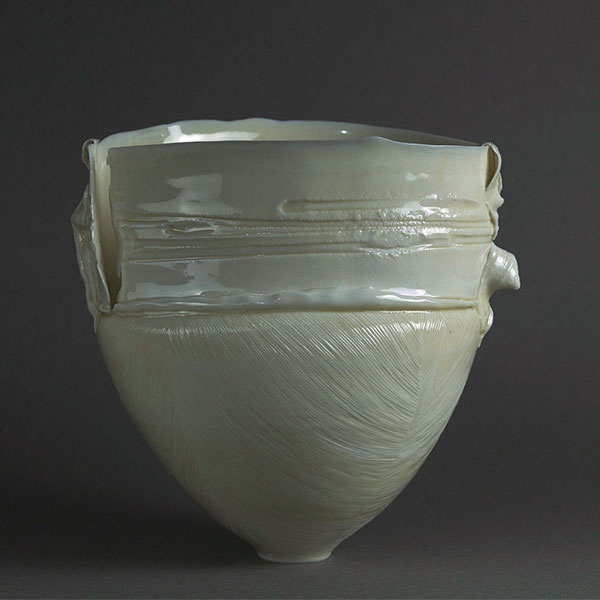
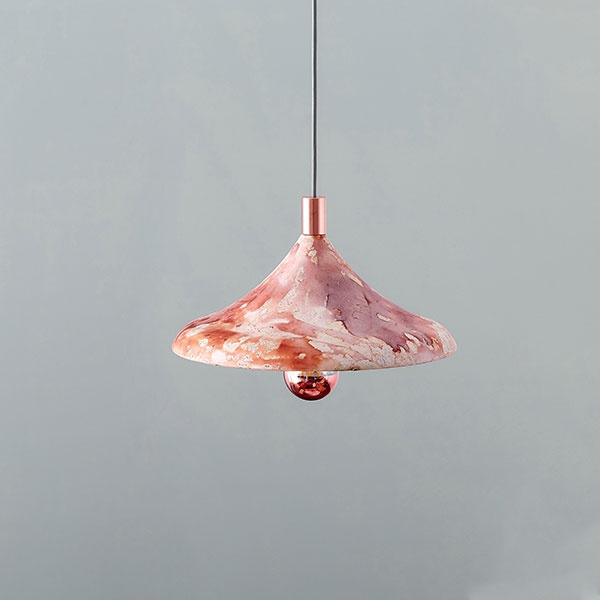
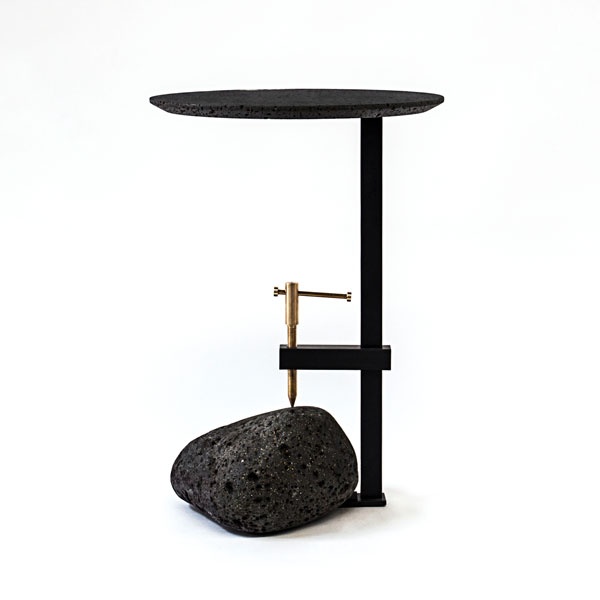
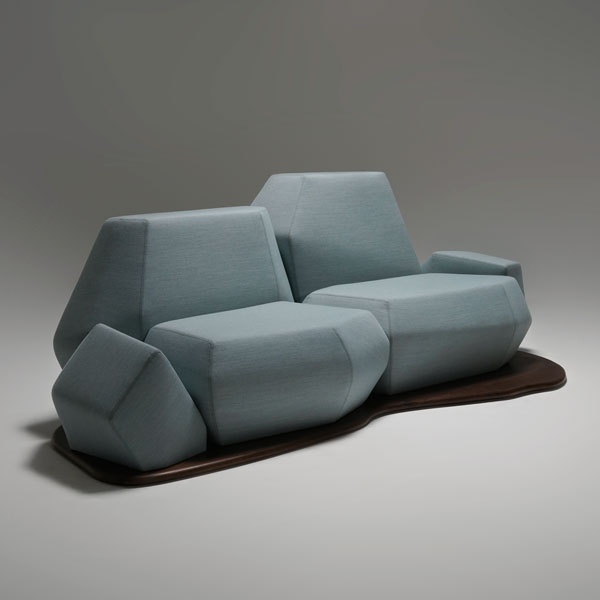

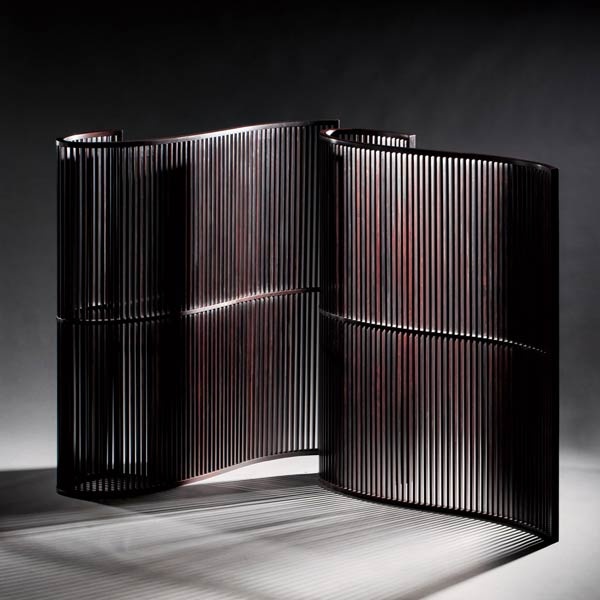



1 / 31
show thumbnailsnext picture previous picture start slideshow close lightbox